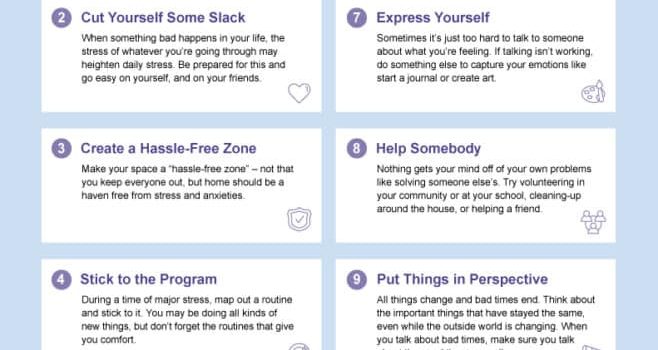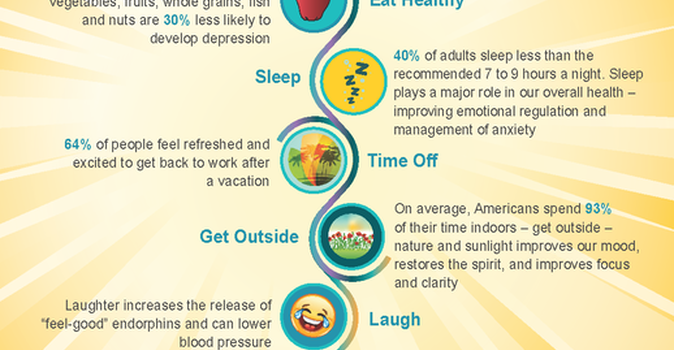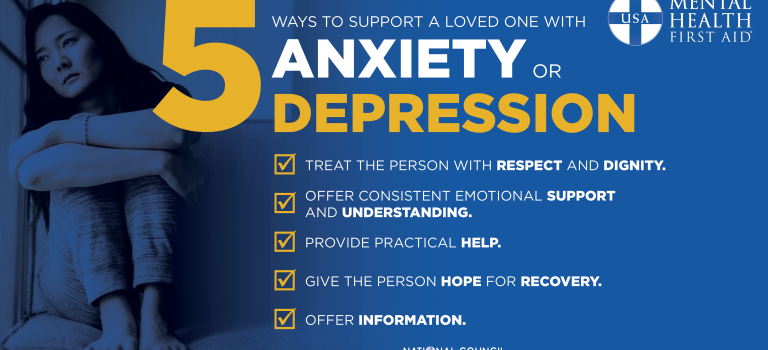Help Your Teenager Develop Resilience with These Strategies
Being a parent can be challenging. You want the best for your teenage children, and building resilience is an important part of giving them the tools for a successful future. As teens navigate the increasingly complex world, resilience can be a key factor in helping them stay happy, healthy and successful.
What is Resilience?
Resilience is the ability to cope, adapt and adjust to difficult circumstances. It is the ability to bounce back from adversity, as well as use problem solving and critical thinking skills to handle everyday challenges. Studies have found that resilient teenagers show greater resourcefulness, creativity and problem-solving skills, in addition to overall better mental and physical health.
Steps for Developing Resilience in Teens
Parents can help their teens become more resilient by following these tips:
-
- Be a positive role model. Teenagers look up to their parents and often imitate their behavior. Show them how to handle difficult situations in a positive, healthy way.
- Encourage adaptive thinking and problem-solving. Teach your teens to consider different solutions to a problem and let them practice solving it. This will help them develop the confidence and skills they need to face tough situations and make sound decisions.
- Teach them resilience. Teach your children how to handle difficult emotions such as frustration, fear and disappointment without resorting to violent or dangerous behavior. Resilience helps them stay strong in the face of hardship.
- Promote healthy self-esteem. Encourage your teens to take risks and be true to themselves. Remind them that they are valuable and capable of achieving success.
- Limit distractions. Although technology is an essential part of life today, it can be distracting and prevent teens from realizing their potential. Support healthy boundaries by regulating the amount of time teens spend on devices.
- Foster strong relationships. Encourage teens to build and maintain strong relationships with family and friends for support during hard times. This will help them build strong interpersonal skills, which is essential for success.
The Benefits of Resilience
Resilience is an important tool for teens as they begin to transition into adulthood. Developing resilience during adolescence allows teens to become more confident and better equipped to handle challenging situations.
Resilience can help teens develop strong character and a positive outlook on life. It also gives them the ability to overcome obstacles, innovate and make informed decisions.
Resilience can also improve a teen’s physical health. Studies have found that teens who are resilient are less prone to depression, anxiety and other mental health issues. Additionally, resilient teens are better able to adjust to changes, cope with stress and bounce back from adversity.
Conclusion
Resilience is an important skill for teens to develop as they transition into adulthood. Building resilience helps them lead fulfilling lives, become successful and live healthier. Parents can help their teens become more resilient by setting a positive example, encouraging problem solving, teaching resilience and promoting healthy self-esteem. With the right guidance, teens can be better prepared to handle life’s ups and downs and achieve their goals.







